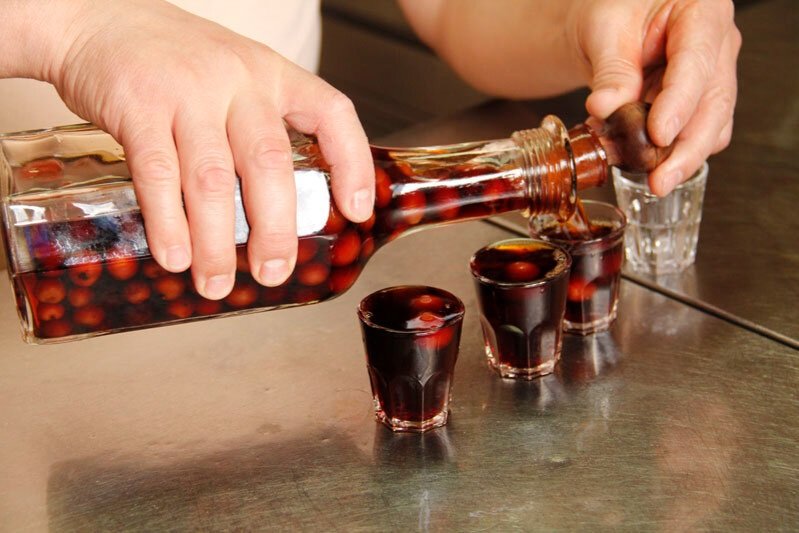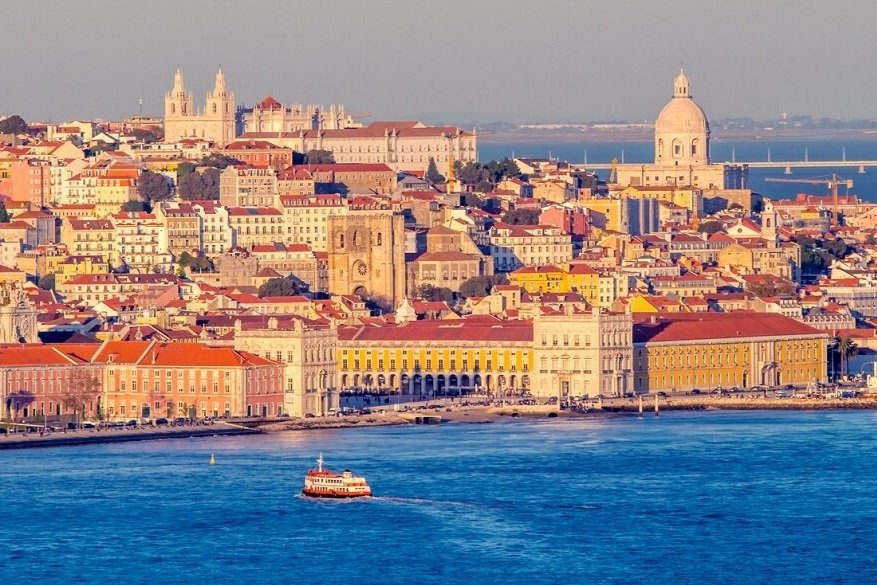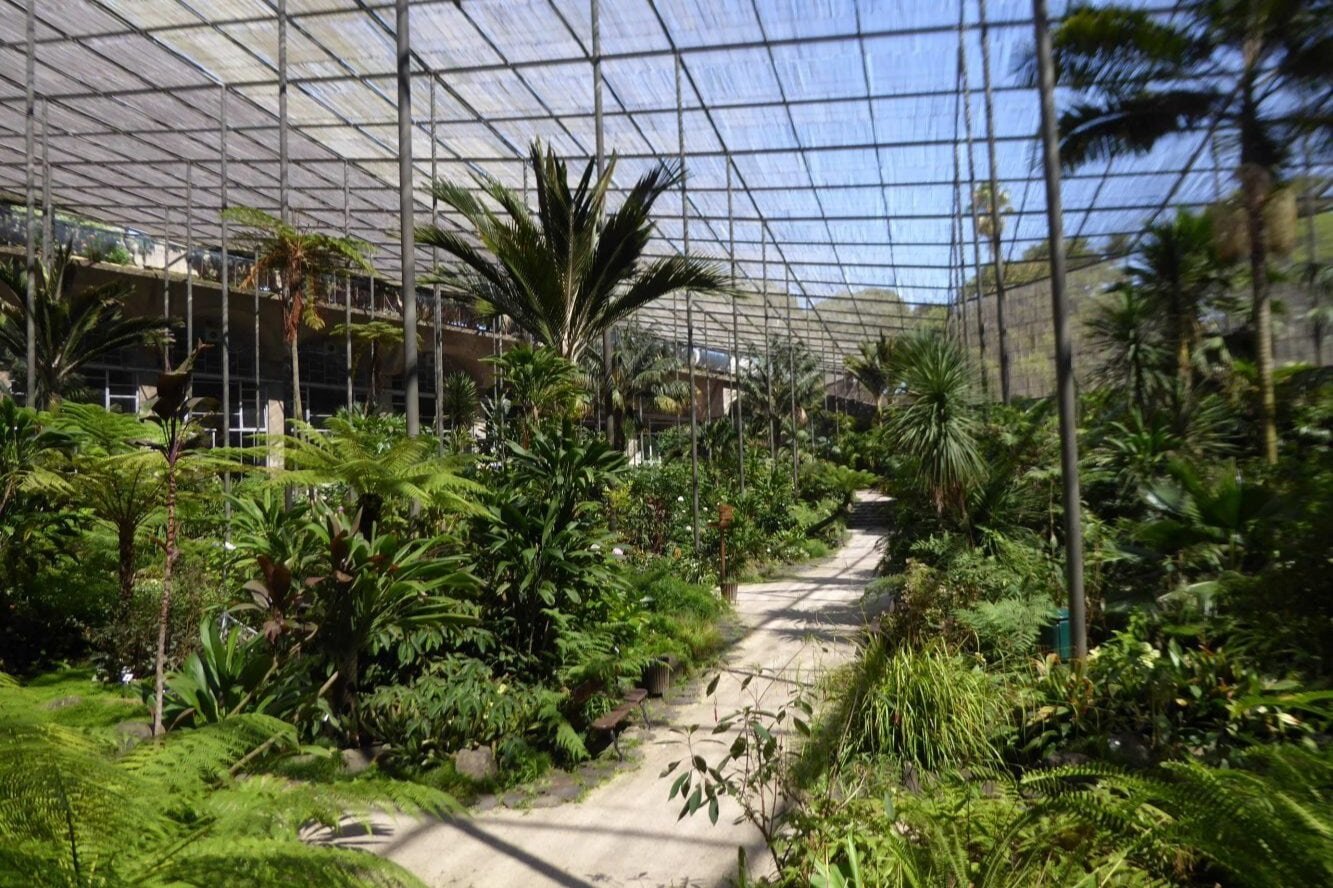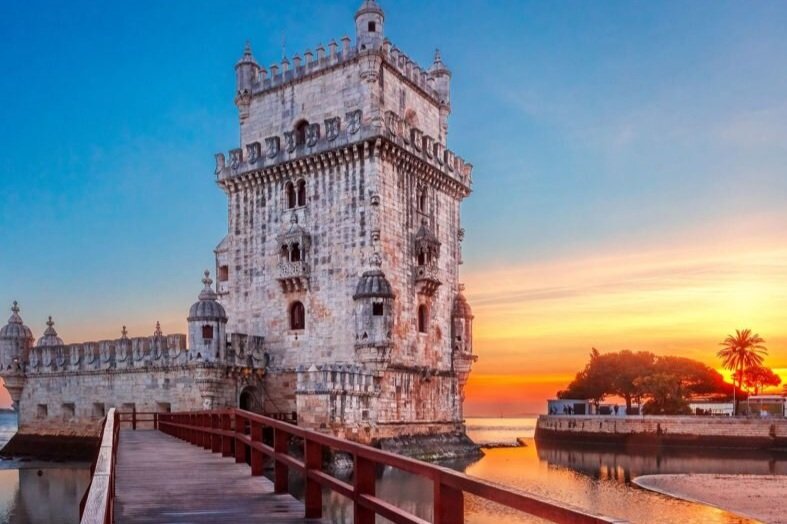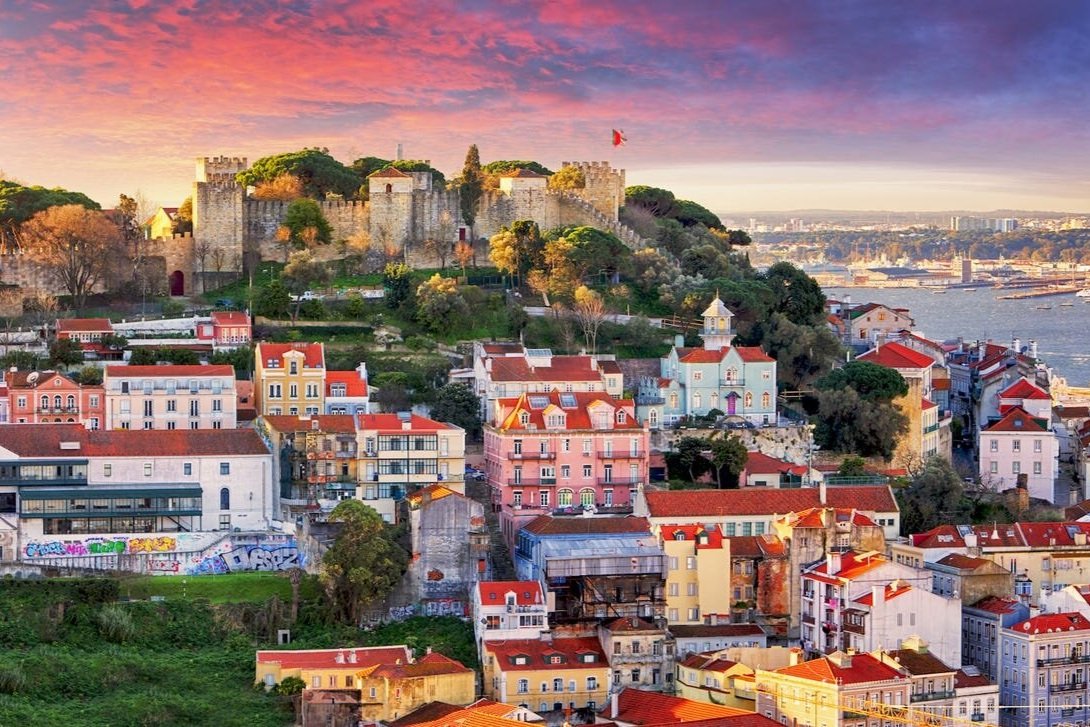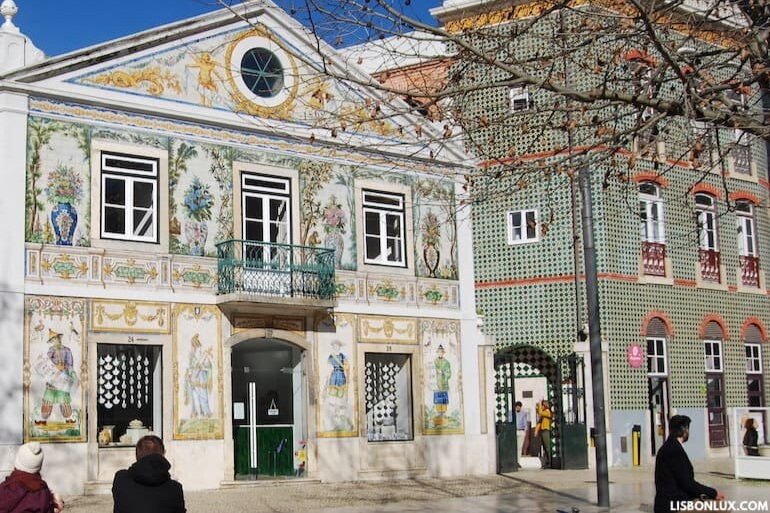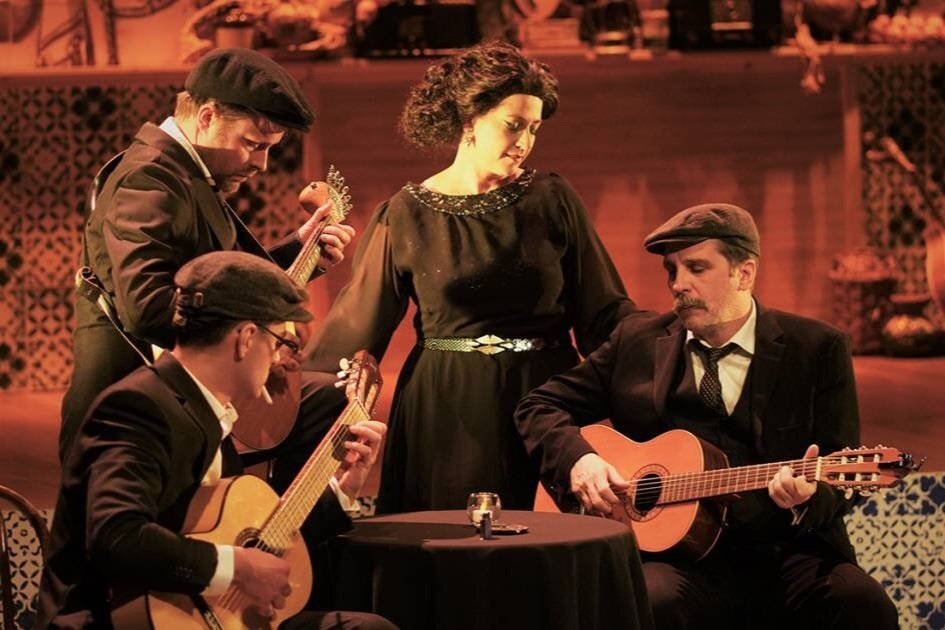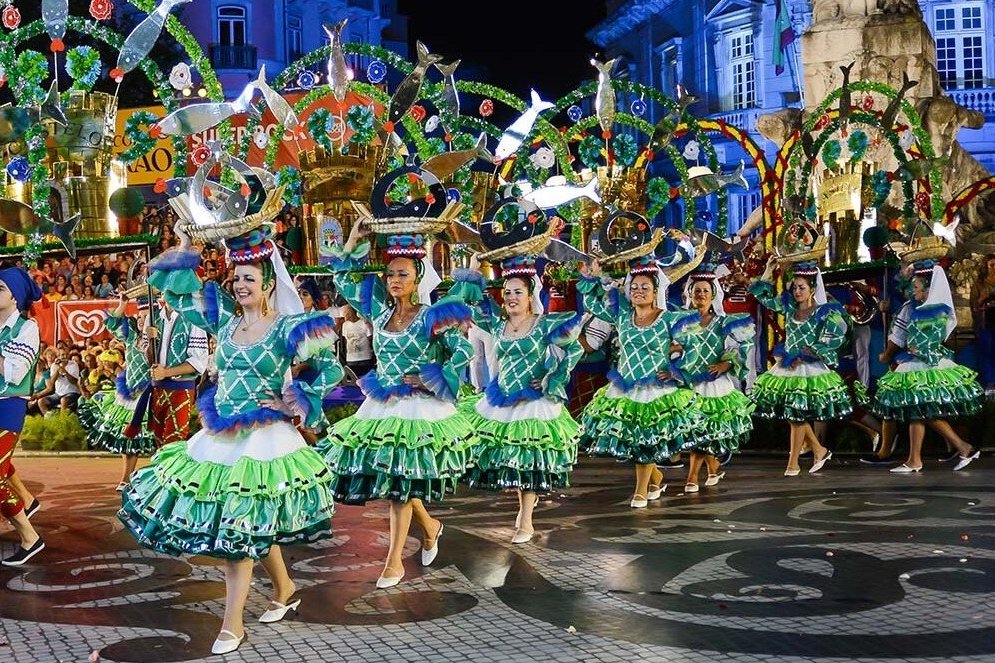Lisbon
Lisbon captivates visitors with its cosmopolitan atmosphere. It is an illuminated city, the presence of the sun and the Tagus river transforms the city into a mirror of a thousand colors, enhancing its unique architecture and beauty.
Extending over seven hills next to the Tagus River, it is an irresistible invitation to discover and experience the city on a relaxed and unhurried walk, taking breaks at the various viewpoints where you can admire the most beautiful panoramic views of the capital.
When walking through Lisbon, we find streets full of heritage monuments, as well as characteristic neighborhoods where the city developed and can still be experienced at its most genuine level.
As the capital, it attracted a rural population and people from its former colonies who brought their gastronomic traditions from the provinces and made it a markedly multicultural city.
Taste
Visit the capital of Portugal and try all the delicious delicacies from the city and other regions.
Pastel de Nata is the most renowned Portuguese pastry, it is available in all cafes in Portugal and is also sold in countries that have a history with Portugal, such as Macau, Japan and Brazil. This iconic delicacy was invented in the Jerónimos Monastery by nuns and its original recipe is still a mystery today. Ginjinha, a sour cherry liqueur, is also a reference in Lisbon and it is mandatory to try this interesting liqueur in the original store.
Smell
In cities with a lot of movement, people and buildings, it is imperative to have places where people can relax surrounded by nature. Lisbon is located next to the Tagus River, so it is always present in the city's landscapes and is also one of the favorite places for locals to do activities such as exercising, meditating and relaxing with the fresh aroma of the air and the river, and socializing while watching the sunset.
For those who prefer to feel in the middle of nature, you can visit the Cold Greenhouse, a greenhouse divided into three gardens and home to tropical species, flowers, cacti and artificial structures such as mini-lakes, fountains, waterfalls and statues.
See
From the top of the hill to the banks of the rivers, Lisbon has a lot to see. The Passeio de Belém is one of the most iconic landmarks in Portugal, a symbol of the Discoveries and an illustrious example of the Portuguese Manueline style. Built in the 16th century, this fortification was a point of departure and arrival for Portuguese explorers and a ceremonial gateway. the monument that
represents the city of Lisbon is the Castle of São Jorge, located on top of one of the seven hills existing in the city. Its history dates back to the 8th century BC with signs of human presence, having been used by many occupants such as Greeks, Romans and Moors until the Christian Reconquest led by D. Afonso Henriques in 1147. Today it is possible to visit and fall in love with the view dazzling all over the city.
Touch
As you explore Portugal's capital, you will be surrounded by traditional art and crafts displayed in different ways on the floors and walls of buildings.
On the Portuguese Pavement, using only black and white stones, there are fascinating designs such as the world map of Belém. The tile is another great example, it exists in various colors and designs and is used both on the outside and inside the walls of buildings as decoration.
Listen
Sad or full of joy, the two opposite sounds that characterize Lisbon. Fado, our world-renowned style of music, originated in the neighborhoods of Lisbon. It is a song that represents the Portuguese people, their difficulties and dislikes in life.
Connect with the locals and live this unique experience of listening to fado live in a fado house all year round.
If you visit during the June festivities, you can hear the eclectic and happy music as the Portuguese invade the streets of the capital singing while the teams from the Popular Marches compete in the annual parade organized on Avenida da Liberdade.
Additional Information:
Nearest airports: Humberto Delgado (Lisbon)
Estimated travel time around the region: from 35 minutes to 1 hour and 15 minutes
Recommendation of other regions to visit: Center - Travel time between 1h30 and 3 hours
Sintra - Travel time 30 minutes
Setúbal Peninsula - Travel time from 20 minutes to 45 minutes
Alentejo - Travel time between 1h30 and 2h30




